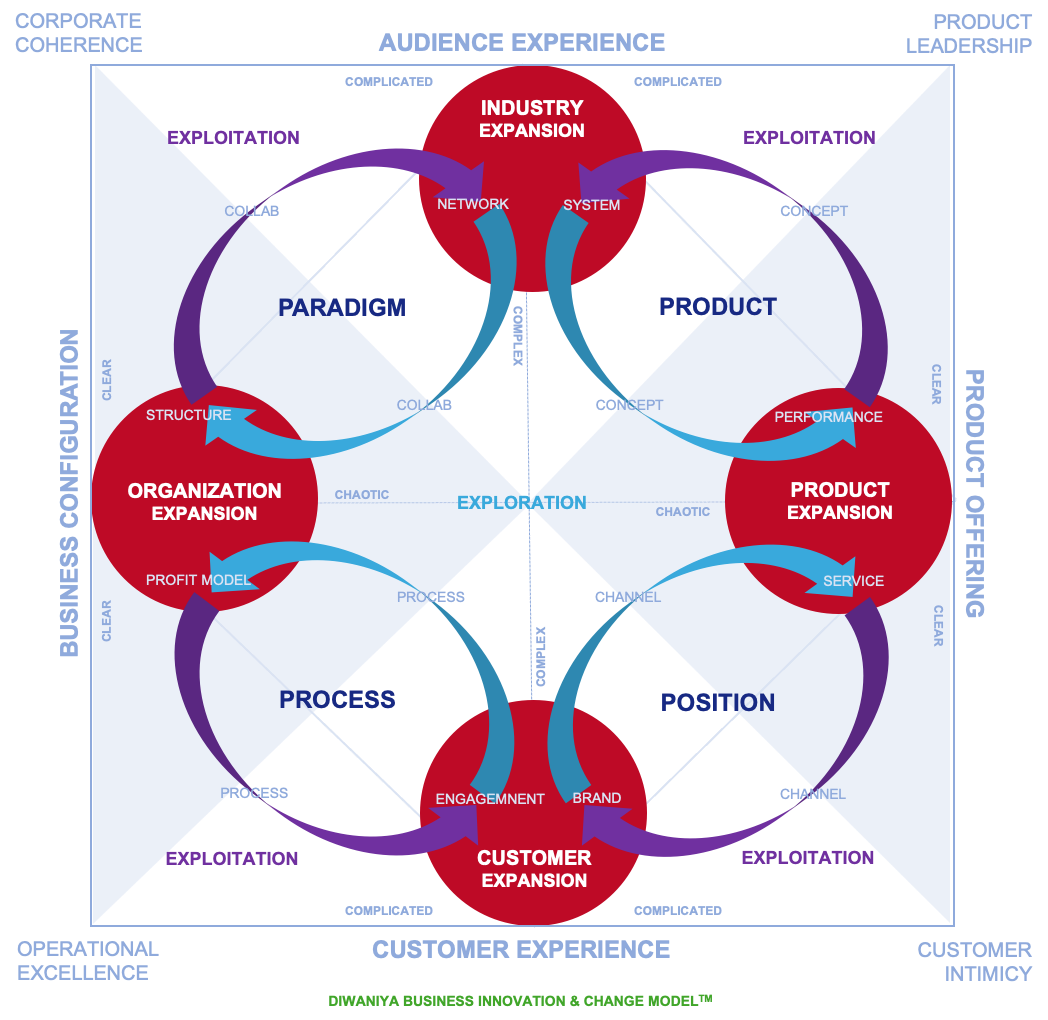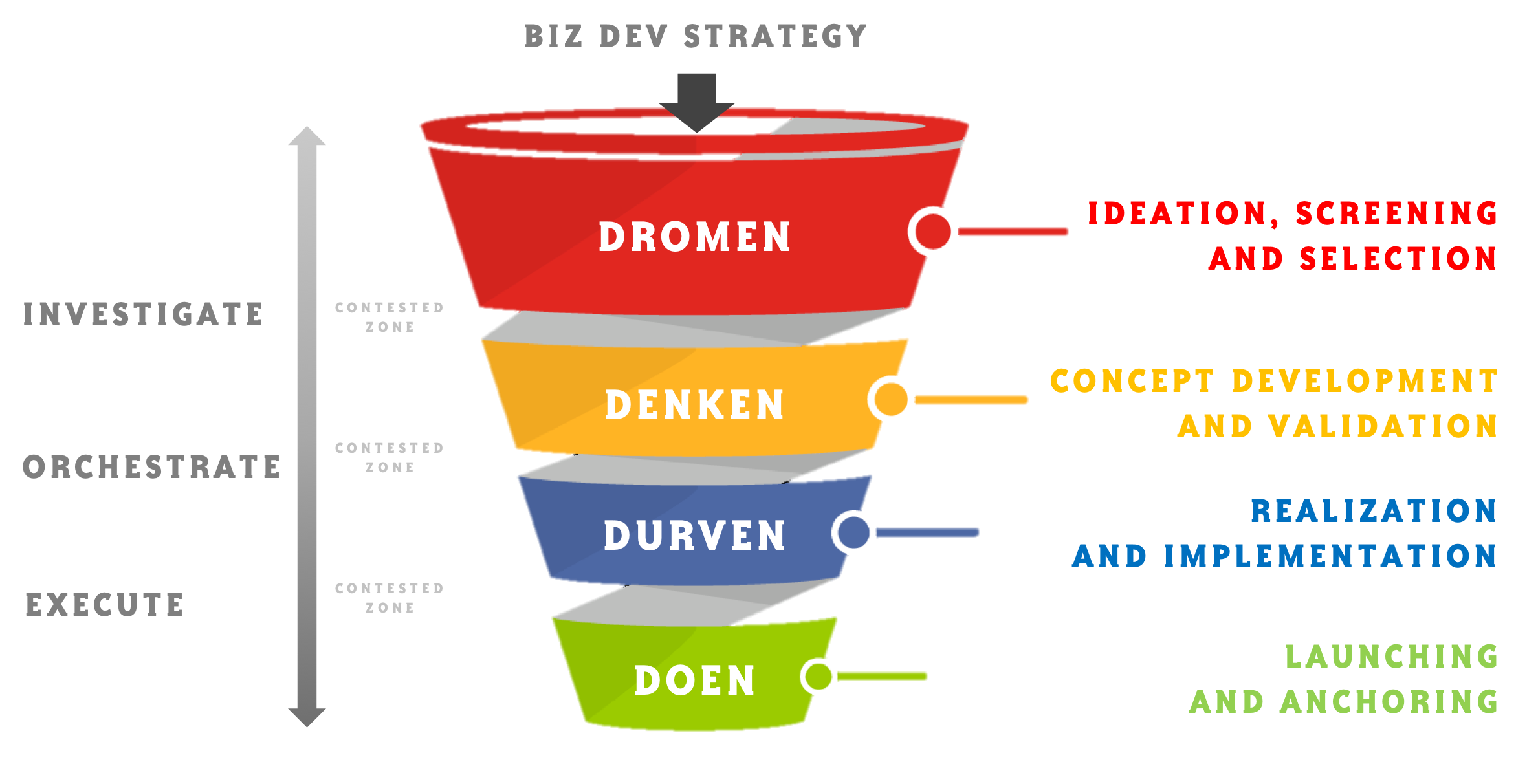EMBRACE THE FUTURE OF BUSINESS: UNLEASHING THE POWER OF SYSTEMS THINKING
In today’s swiftly evolving business world, the key to success lies in making effective decisions amidst complexity. This challenge, more daunting than ever, requires a transformative approach.
Welcome to systems thinking – a revolutionary perspective that reshapes how we understand business dynamics. This approach transcends traditional views, offering a comprehensive look at an organization’s structures, patterns, and cycles. With systems thinking, the focus shifts from isolated incidents to a broader understanding, enabling you to pinpoint root causes with ease and accuracy.
Embark on a journey into a new age of business development and innovation management. Adopt systems thinking to tap into the latent potential of your organization. Prepare to face challenges head-on and redefine the paths to success. Embrace this paradigm shift and witness your business soar to new heights.
UNDERSTAND AND PLAN YOUR BUSINESS WITH DIWANIYA PORTFOLIO MANAGEMENT
Introducing DIWANIYA’s Adaptive Innovation Metaverse (AIM) framework – a dynamic and multifaceted approach that revolutionizes your business potential.
Step away from traditional methods and embrace a groundbreaking strategy for business transformation. The AIM framework provides a comprehensive perspective, empowering you to unlock value and explore untapped opportunities.
Utilize the AIM framework to effortlessly conduct critical analyses of your business, enhancing interactions across all levels. This approach paves the way for unanimous agreement on lucrative growth opportunities, setting the stage for impactful business change initiatives.
Join us in the vanguard of Business Innovation & Change management with DIWANIYA. Now is the time to leverage your organization’s collective strengths and ascend to unprecedented levels of success.

DIWANIYA Adaptive Innovation Metaverse (AIM) framework [J.R. Schütt et al. – 2015]: “Finite but Unbounded”
Background:
IN THE WORLD OF BUSINESS, THEORY MEETS PRACTICALITY IN AN EXTRAORDINARY WAY
Drawing inspiration from the esteemed Delft University of Technology, we have advanced Berkhout’s Cyclic Innovation Model [Guus A.J. Berkhout et al – 2002] to unprecedented levels.
Welcome to the ‘Circles of Change’—an innovative blend of closed and open networked innovation models, creating complex and adaptable systems. Envision a captivating interplay of interconnected CoCs, each functioning at varied levels of complexity and hierarchy, all within a transformative ‘innovative milieu’.
At the heart of this groundbreaking method is the 4P Change scheme: Product, Process, Position, and Paradigm. These are the four pivotal paths that reveal the intricacies of Innovation Strategy.
The ‘system world’, renowned for its efficiency and internal adaptability, lays the groundwork, simultaneously embracing the dynamic ‘Red Queen’ realities. Within this realm, structures, rules, and single-loop learning merge, forming essential nodes for connection and communication with neighboring CoCs. This vibrant interaction fosters external flexibility, giving rise to ‘systems of systems’ and facilitating system transitions.
In this captivating landscape, BIC masters—entrepreneurs with BIC skills, designated business change managers, and BIC units—take charge. They become the architects of harmony, expertly linking decision centers, influencing various elements of the system, and maintaining a structured balance.









